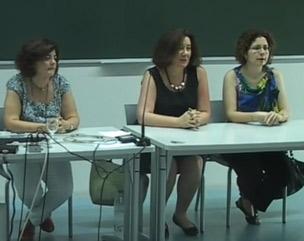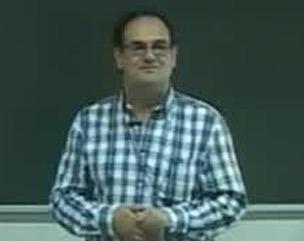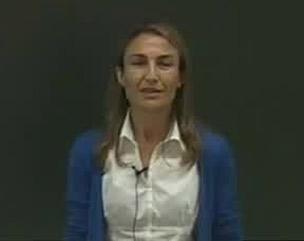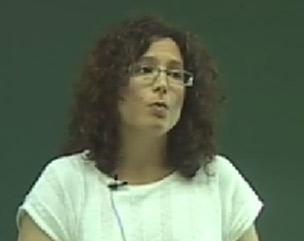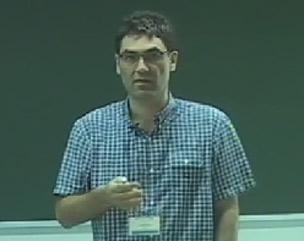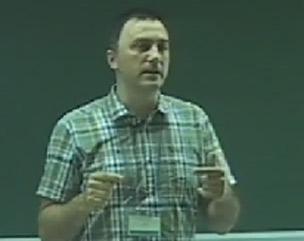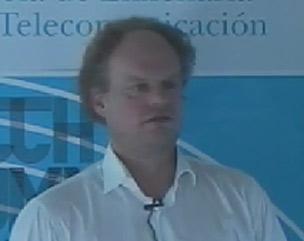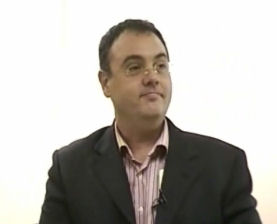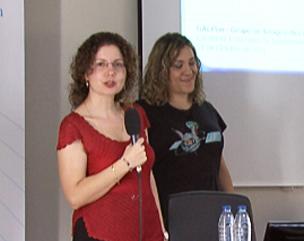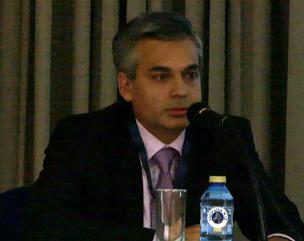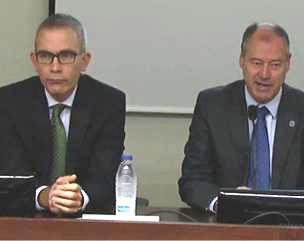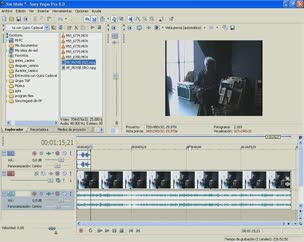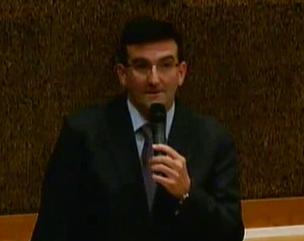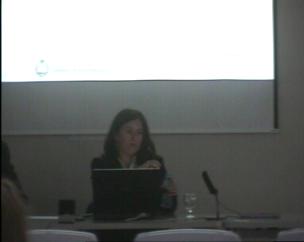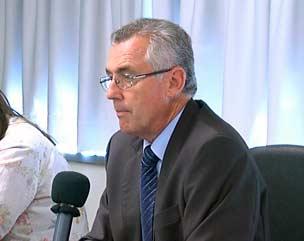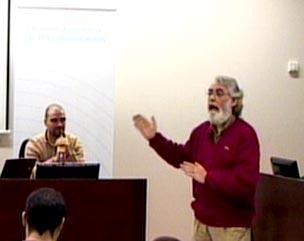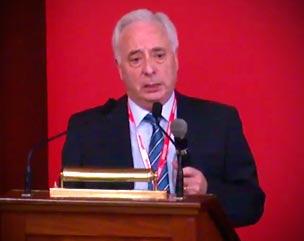Evaluation of Spoken Language Recognition Systems: Tasks, applications, general issues and acoustic approaches 4 de xul. de 2013
Evaluation of Spoken Language Recognition Systems: Tasks, applications, general issues and acoustic approaches
In the introductory talk, we first aim to make the students understand the task of spoken language recognition (SLR) as defined in NIST and Albayzin evaluations. Then we will introduce different approaches to SLR ---which are classified either as acoustic or phonotactic, depending on the relying features---, from those applied in the nineties of the last century (GMM-UBM and PPRLM approaches) to the most successful state-of-the-art technologies (Phone-Lattice-SVM and MFCC-SDC-iVector approaches). The third part of the talk will deal with the backend and fusion models typically applied to combine different systems and get improved performance. Finally, we will describe the three Albayzin Language Recognition Evaluations (LRE) carried out in 2008, 2010 and 2012, emphasizing the differences among them and with regard to NIST LRE, and focusing on the conditions, datasets and evaluation measure defined for the Albayzin 2012 LRE, which will be used as benchmark in the practice session.


